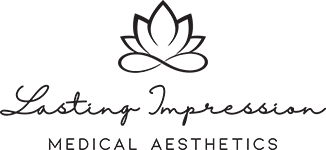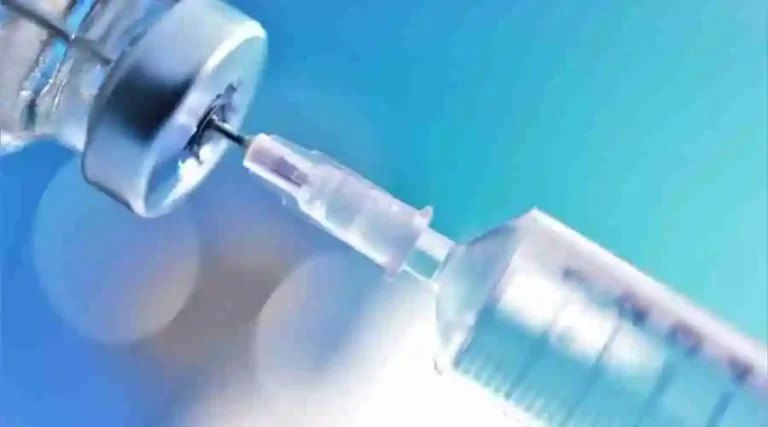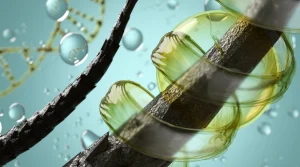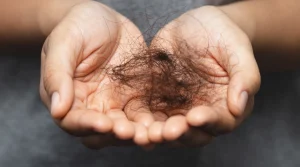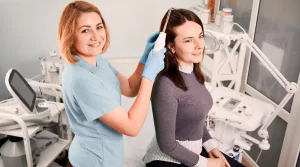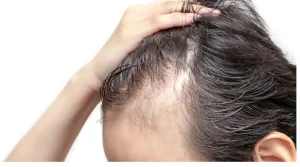Injections of platelet-rich plasma (PRP) are becoming increasingly popular as a treatment for a range of ailments, including hair loss and sports injuries. In order to hasten recovery in a particular location, the treatment makes use of the patient’s own blood cells.
What is meant by the term "platelet-rich plasma"?
Platelet-rich plasma is made up of two different components: plasma, which is the liquid component of blood, and platelets, which are a specific type of blood cell that plays an essential part in the body’s natural healing processes. Platelets are known for their ability to coagulate blood, but did you know that they also contain growth factors? These growth factors can induce cell reproduction, which in turn can stimulate tissue regeneration or healing in an area that has been treated. Blood that has an abnormally high concentration of platelets is referred to as platelet-rich plasma.
Platelet-rich plasma is produced by taking a blood sample from the patient and placing it in a device known as a centrifuge. The centrifuge quickly spins the sample, which separates the platelets from the other components of the blood and concentrates the platelets inside the plasma.
What exactly is an injection of PRP?
Following the extraction of platelet-rich plasma from a patient’s blood sample, the resulting solution is then injected into the affected region, which could be a tendon or knee that has been wounded. The clinician might make use of ultrasonography to guide the injection in certain circumstances. In order to hasten the recovery process, it is proposed to boost the concentration of certain growth factors, which may be hormones or bio proteins, in a particular region of the body.
Injections of PRP do not have their working mechanism fully known at this time. Platelet-rich plasma has a higher concentration of growth factors than regular plasma, which may lessen the time it takes for injuries to heal, reduce discomfort, and even promote hair growth. These benefits have been demonstrated via scientific research.
What is the purpose of the PRP treatment?
Injections of platelet-rich plasma (PRP) can be utilized to treat a variety of ailments, ranging from discomfort in the musculoskeletal system to injuries to aesthetic operations.
Injuries to the Tendons, Ligaments, Muscles, and Joints
Injections of platelet-rich plasma (PRP) have the potential to cure a wide variety of injuries and disorders that affect the musculoskeletal system. Adding PRP shots to a therapy plan can help to stimulate the healing process, lessen pain, and permit a return to activities sooner. For instance, persistent tendon injuries such as tennis elbow or jumper’s knee can frequently take a long time to recover.
Recovery After Surgical Procedures
PRP was initially used by clinicians to hasten the healing process following jaw or plastic surgery. Injections of platelet-rich plasma (PRP) have been used to aid in the healing process after surgery on a variety of tissues, including muscles, tendons, and ligaments. Recovery from surgery on these tissues often takes a very long period.
Osteoarthritis
Initial research suggests that platelet-rich plasma (PRP) injections may help alleviate the pain and stiffness associated with osteoarthritis by altering the environment of the joint and lowering inflammation, but more study is needed.
Hair Loss
Injections of platelet-rich plasma (PRP) have the potential to be a successful treatment for male pattern baldness, both in terms of halting further hair loss and fostering the creation of new hair. In addition, platelet-rich plasma (PRP) therapy can help stimulate new hair growth following hair transplantation.
Skin Rejuvenation
Injections of platelet-rich plasma (PRP) are sometimes used as a treatment for anti-aging; however, there is not much data to suggest that PRP lowers wrinkles or any other indications of aging.
PRP Therapy and Its Potential Dangers and Complications
An injection of PRP is a relatively safe technique that, in most cases, does not result in significant adverse effects. Because the process requires a blood draw, you need to ensure that you are well hydrated and have eaten before it begins in order to avoid feeling lightheaded throughout the operation. Following the operation, you might feel some discomfort and notice some bruising at the location where the injection was given.
When compared to the risk of an allergic reaction associated with other injectable drugs, such as corticosteroids, the risk associated with PRP injections, which are made up of your own cells and plasma, is significantly lower. Less frequent dangers associated with PRP injections include the following:
- Bleeding
- Tissue injury
- Infections
- Damage to the nerves
If you are thinking of getting PRP injections, you should definitely discuss the potential benefits and drawbacks with your primary care physician first.
*There is a lot of potential and rapid growth in the research being done on diverse PRP uses. Although the FDA has given its approval to both the equipment used to manufacture platelet-rich plasma (PRP) and the injections themselves, this method is still considered experimental and has not been officially approved by the FDA for the majority of its applications. PRP is not considered to be a drug because it is a substance that is derived from an individual’s own blood. After receiving authorization from the FDA, medical professionals are now able to prescribe and deliver platelet-rich plasma to patients if they feel that doing so would be in the patient’s best interest. However, because PRP treatments have not yet been granted approval by the FDA, it is possible that insurance companies will not pay for them.
